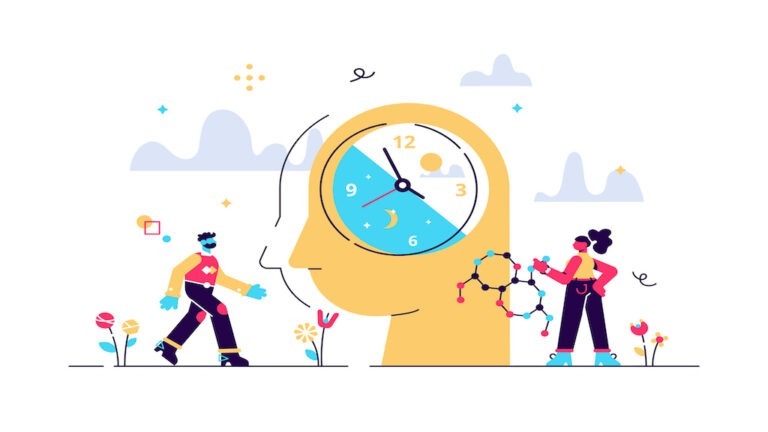How to Tune the Circadian Rhythms in Your Body

Never before have we lived so out of sync with the rhythms of nature. Can the resulting damage to our health be reversed? The new science of circadian medicine shows great promise in doing just that.
Until the industrial revolution, humans lived in accordance with the natural cycles of light and dark, or circadian rhythms. That all changed with the advent of electricity and artificial light. Today, our modern lifestyles and especially our exposure to blue light from electronic devices, have been making a major impact on our internal biological clocks. Research in an emerging field called circadian medicine is finding that there are ways to reset our circadian systems and bring us back into balance.
Dr. John Douillard is a renowned ayurvedic practitioner who’s been following the developments in the field and incorporating what he calls “circadian wisdom” in his practice for years.
“So the research is telling us that there are biological clocks in pretty much every cell of our body,” Douillard said. “But those biological clocks have to stay, like every clock, you have to set the clock to make sure it’s right and telling the right time. So the biological clocks are in sync with the circadian rhythms which are the light/dark cycles, both daytime, and the seasonal light/dark cycles.”
Watch more:
Are Digestive Enzymes Important? Can I Become Addicted To Them?

Since the global market for digestive enzyme supplements is on track to hit $1 billion by 2025, it means enzymes are all the new rage! You might be wondering, “How do enzymes work?” Or “What can enzymes do for me?” Given your possible problems with gas, bloating, or diarrhea, you might be thinking about taking enzymes every day. You may have a friend who suggested that you only take them in spurts, so that your body can adapt and rebuild itself, without becoming dependent.
You may have heard about beets, cinnamon, fenugreek tea, celery, and other fresh ideas that could help you improve your digestive tract. You might not know that your digestive tract (also called your gastrointestinal tract) is the pathway through which food enters and solid waste expels.




































